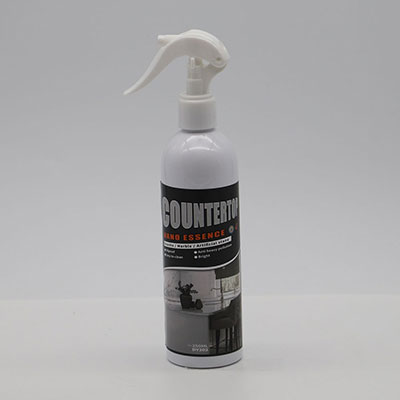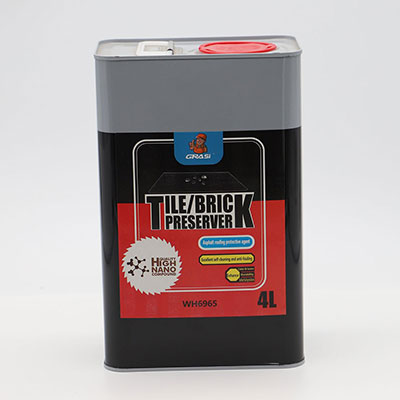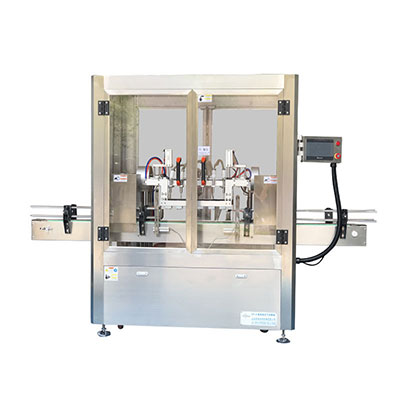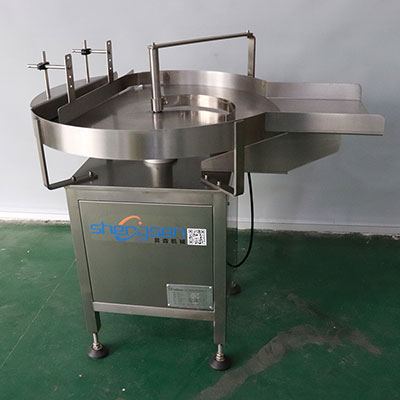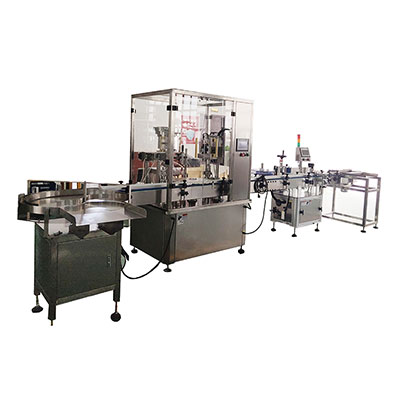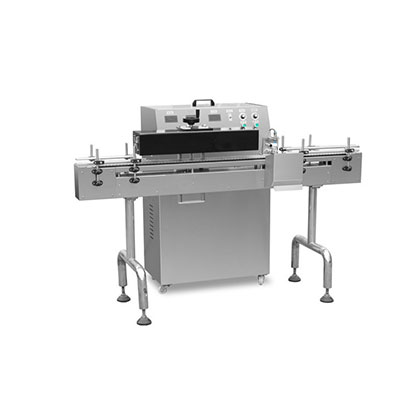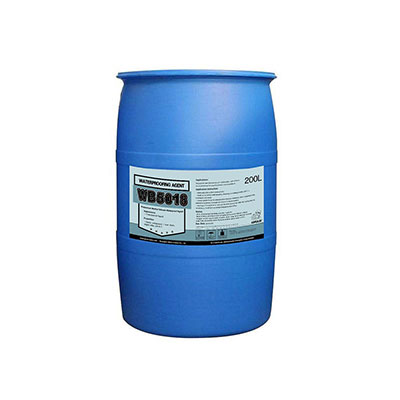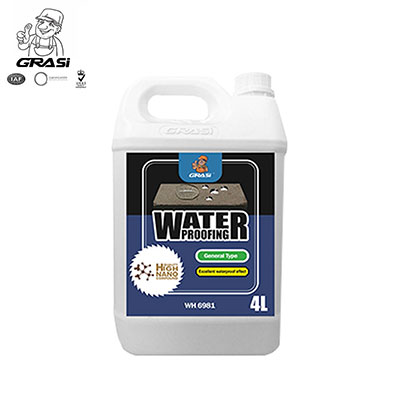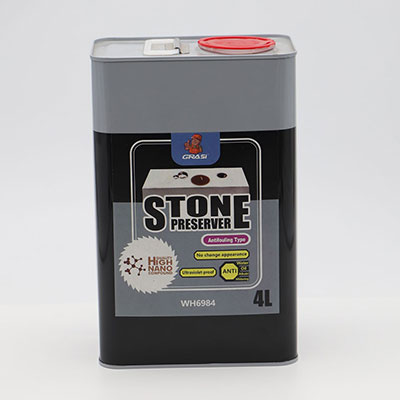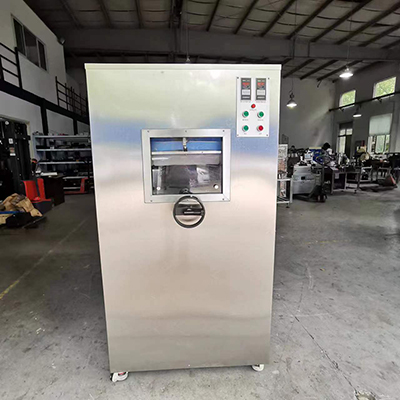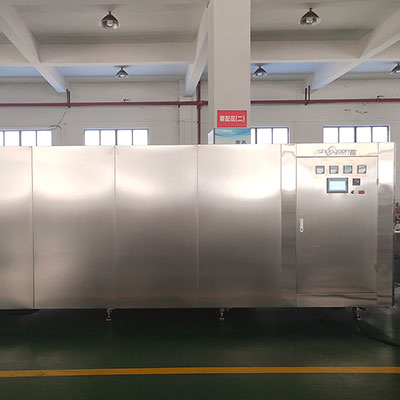Dynamic Compensation Theory of MCR Type Static VAR Compensator
Dynamic Compensation Theory of Static VAR Compensator of MCR type
Comparison between MCR and TCR
From the above diagram, we can see the main difference is the part outlined by the blue box.
The SCR of static VAR compensator with MCR is coupled with reactor through iron core; it just needs to withstand lower voltage of 380V, so it has a very high stability. By contrast, the SCR of static VAR compensator with TCR is connected in series to high voltage main circuit; it needs to withstand high voltage and large current, so it is easy to damage.
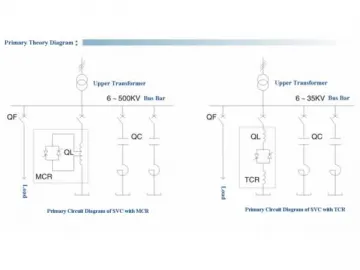
| Items | SVC of MCR | SVC of TCR |
| Response time of SCR | <10ms | <10ms |
| Response time of entire SVC | 100~300ms | 40~200ms |
| Harmonic contents | 5th<2.6%, 7th<1.5%, 11th<0.6%, 13th<0.3% | 5th<5.0%, 7th<2%, 11th<1.0%, 13th<0.7% |
| Voltage withstanding of SCR | Small, no need to be connected in series | Large, need to be connected in series |
| Heat generated by SCR | Small, no need of water cooling device | Large, need water cooling device or heat pipe cooling |
| Installation site of SCR | Outdoor cabinet | Indoor |
| Independent adjustment | Yes | Yes |
| Maintenance | Free of maintenance | Complicated maintenance |
| Reliability | ExcellentMTBF time: 25 years | Not very goodSCR is easy to burn |
| Over-load capacity | 1.5 times | No |
| Electromagnetic Pollution | No | The main reactor produces strong alternating magnetic fields which is harmful to health |
| Noise | 70-72dB | <62dB |
| Active power loss | 0.5%~0.8% | 0.5%~0.8% |
| Floor space | Small | Large |
Dynamic Compensation Theory of Static VAR Compensator of MCR type
In the left diagram on above primary circuit diagram:
QF: Impact reactive power of load
QC: Capacitive reactive power supplied by fixed capacitor bank on bus bar---Constant
QL: Inductive reactive power supplied by magnetically controlled reactor---Dynamic adjustment
The most important is to control the pass angle of the thyristors precisely to obtain the needed current in order to provide the needed reactive power of QL.
Therefore, the system must try to satisfy the equity:
QS=QF (QL-QC) =0,
so that the power factor is a constant and there is no fluctuation of the voltage. Here, QS is the generated reactive power on bus bar.
Why Choose Static VAR Compensator of MCR Type
1. High Reliability
The SCR is installed in the low voltage circuit rather than the main circuit, so, the voltage the SCR needs to withstand is just 1% of that when it is in the main circuit.
2. Low Harmonic Content
THD of system of three-phase delta connection is less than 5%, which complies with related national criterion. If the multiplex connection method is adopted, the THD can be reduced to 1.2% or lower.
3. Small Volume
The size of MCR is about 2/5 of that of TCR.
4. Fast Response
The response time of the MCR type static VAR compensator is 100 to 300 ms, which fully meets the requirements of power equipment on dynamic reactive power compensation.
5. Direct Connection
The MCR-typed SVC can be directly connected to the high voltage power gird, which greatly reduces costs and floor space.
6. No Cooling Equipment Required
Unlike TCR-typed SVC, the MCR-typed SVC needs no cooling equipment, so both site area and failure rate are reduced.
Links:https://www.globefindpro.com/products/61955.html
-
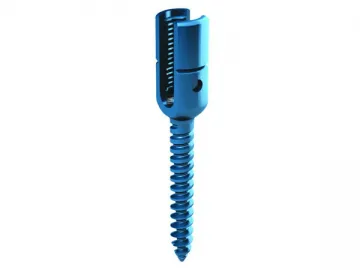 M10 Spinal System
M10 Spinal System
-
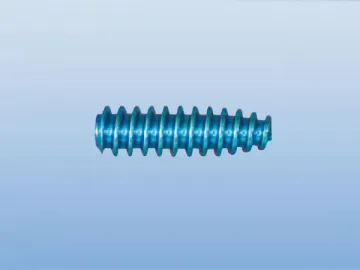 ACL Interference Screws, Anterior Cruciate Ligament Reconstruction
ACL Interference Screws, Anterior Cruciate Ligament Reconstruction
-
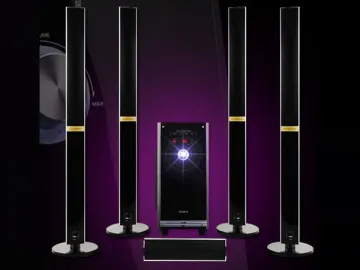 CJI7700A Wireless Home Theater
CJI7700A Wireless Home Theater
-
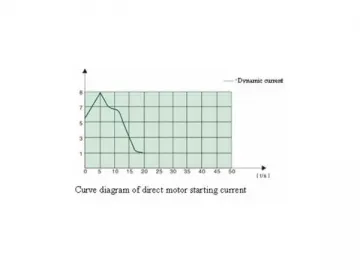 Working Principle
Working Principle
-
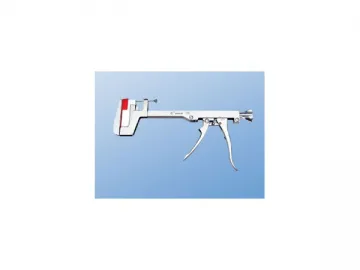 FHD Series Reusable Linear Stapler
FHD Series Reusable Linear Stapler
-
 Data Analysis and Conclusion
Data Analysis and Conclusion
-
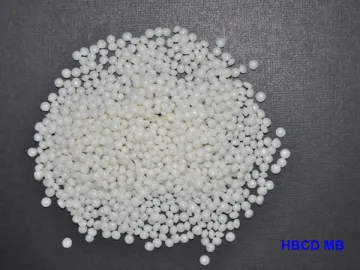 Flame Retardant Masterbatch
Flame Retardant Masterbatch
-
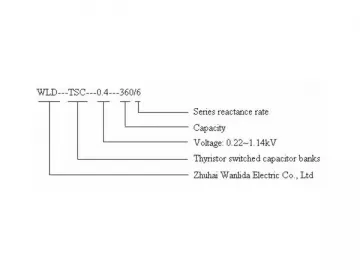 Product Model and Specifications
Product Model and Specifications
-
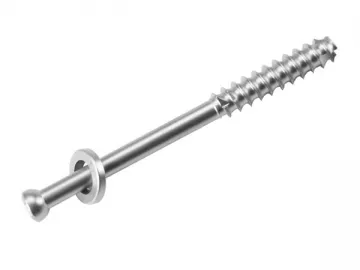 7.3mm Cannulated Compression Screw
7.3mm Cannulated Compression Screw
-
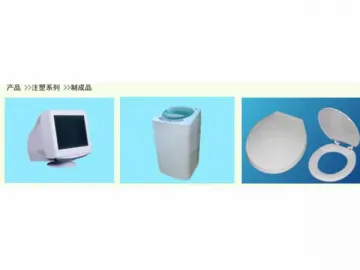 Plastic Injection Products
Plastic Injection Products
-
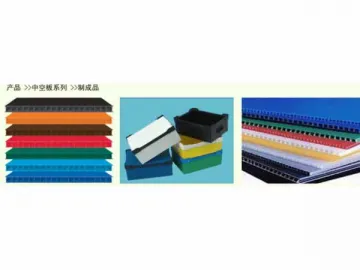 Plastic Hollow Board
Plastic Hollow Board
-
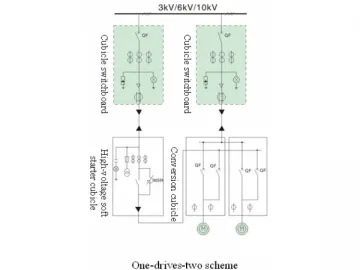 Selection Schemes
Selection Schemes
